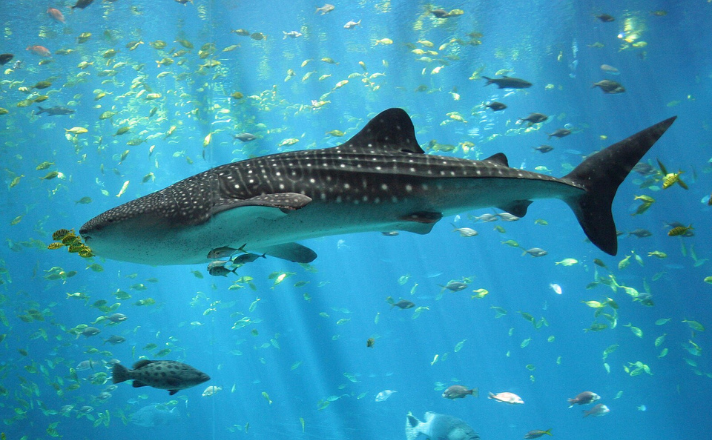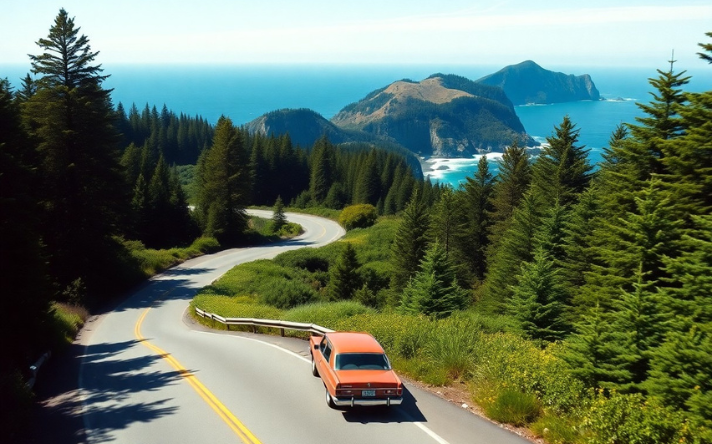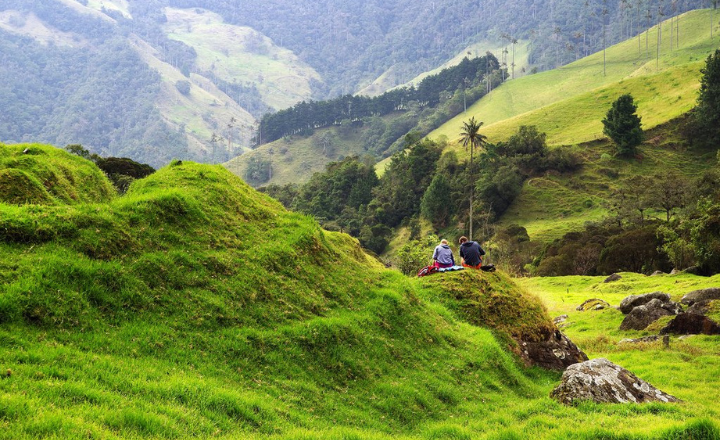Whale Shark Guanacaste Costa Rica: Read This Guide Before You Go
Whale Shark Guanacaste, Costa Rica, is a beautiful place with sunny beaches, clear waters, and amazing sea life. One of the most exciting animals you can see here is the whale shark, the biggest fish in the world. Don’t worry, even though they are huge, whale sharks Guanacaste, Costa Rice are gentle and safe to swim near.
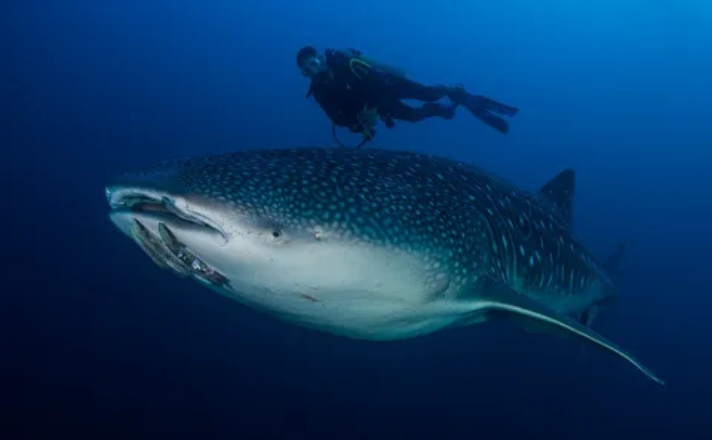
Many travelers come to Whale Shark Guanacaste, Coata Rica for the chance to see these giants up close. In this guide, you’ll learn the best time to see them, where to go, and some helpful tips to enjoy your adventure safely and responsibly.
Along the country’s Pacific coast, there exists an astonishing spectacle that attracts visitors from around the globe: the congregation of whale sharks, affectionately called “shark whales.”A nation renowned for its extraordinary biodiversity and breathtaking landscapes, also presents a remarkable opportunity for marine enthusiasts and nature aficionados
1. Where Is Guanacaste and Why It’s Great for Ocean Wildlife
Whale Shark Guanacaste is a province in the northwestern part of Costa Rica, along the Pacific Ocean. It’s famous for its warm weather, long sandy beaches, and protected national parks. Because of its location on the Pacific coast, the ocean here is full of life.
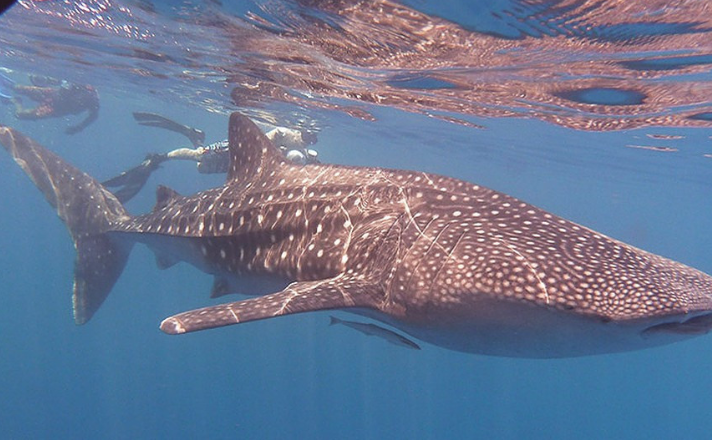
The waters around Guanacaste are home to many amazing sea animals like sea turtles, dolphins, manta rays, and even whale sharks. The area has healthy coral reefs, rocky islands, and rich underwater ecosystems that attract different species throughout the year.
This makes Guanacaste one of the best places in Costa Rica to enjoy snorkeling, scuba diving, and marine tours.
1.1 Overview of the Region
Guanacaste is one of Costa Rica’s most popular regions for visitors. It stretches along the Pacific coast and is known for its sunny, dry climate most of the year. The area has a mix of golden beaches, volcanic mountains, and tropical forests, giving travelers many things to explore both on land and in the water.
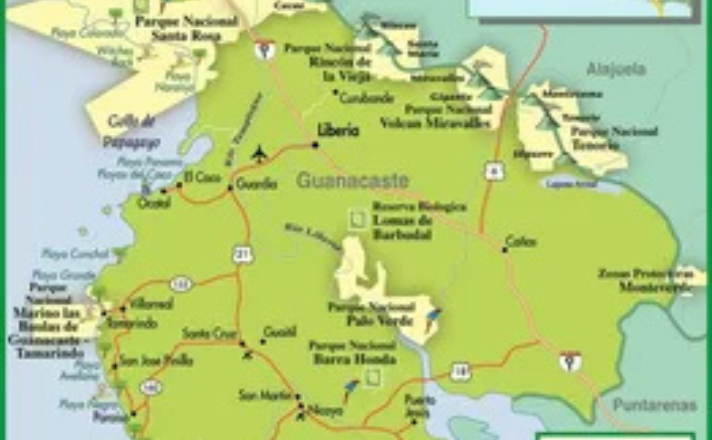
Its coastal towns, like Tamarindo, Playas del Coco, and Papagayo, are great starting points for ocean adventures. Because the region is less crowded than some other parts of Costa Rica, you can often enjoy a more relaxed and natural experience.
With its beautiful coastline and rich marine life, Guanacaste is the perfect place for anyone who loves nature and the sea.
1.2 Marine Biodiversity Hotspot
The waters of Guanacaste are like an underwater treasure chest, full of different kinds of sea life. Because of its location on the Pacific Ocean, many species pass through or live here year-round.
You can find sea turtles nesting on the beaches, dolphins swimming close to shore, manta rays gliding through the water, and, during the right season, even humpback whales and whale sharks.The Bat Islands and Catalina Islands are standout dive sites nearby.
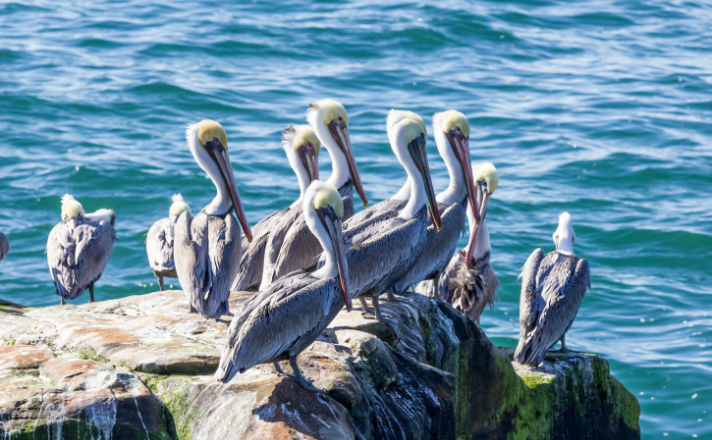
Bat Islands is known for bull sharks, while the Catalinas lean more toward rays and other friendly giants. Even the snorkeling off Playa Matapalo or around Monkey Head can surprise you with unexpected sightings.
Coral reefs, rocky islands, and warm ocean currents make this area a safe home and feeding ground for marine animals. This is why Guanacaste is known as a hotspot for ocean biodiversity. It’s one of the best places in Costa Rica to see a wide variety of marine species in their natural environment.
2. When Is the Best Time to See Whale Sharks in Guanacaste?
2.1 Seasonal Appearances
Whale sharks are not seen in Guanacaste all year. They usually appear in the ocean during certain months when food is plentiful. The best time to see them is from May to September, because the water has lots of plankton for them to eat. Costa Rica’s aquatic wonders, including the congregation of whale sharks, persistently ignite wonder and admiration in those who seek the beauty of the natural world.

At other times of the year, they may move to different parts of the ocean. This is why tours during the peak season give you the greatest chance to spot these gentle giants.
2.2 Best Time of Day to Spot Them
The best time to see whale sharks in Guanacaste is usually in the morning. The ocean is calmer early in the day, which makes boat rides smoother and spotting wildlife easier. Clearer water also gives you a better chance to see these gentle giants while snorkeling or diving.
Later in the day, the sea can get rougher, and animals may swim deeper, so mornings are the most reliable time for a good experience.
3. Best Places and Tours for Whale Shark Spotting in Guanacaste
3.1 Diving & Snorkeling Hotspots
Guanacaste has some of the best places in Costa Rica for diving and snorkeling. The Catalina Islands are famous for manta rays, colorful fish, and sometimes whale sharks. The Murciélago Islands are more remote and attract larger sea animals, including whale sharks, dolphins, and sharks.

Closer to the coast, spots like Playa Hermosa, Tamarindo, and Papagayo offer easier snorkeling with coral reefs, sea turtles, and tropical fish. Whether you dive deep or stay near the surface, these hotspots give you a great chance to explore the rich marine life of Guanacaste.
Top-Rated Tour Operators
In Whale Shark Guanacaste, Costa Rica many trusted tour companies offer trips to see whale sharks. These operators are known for safety, good boats, and friendly guides.
- Playas del Coco Operators – They have daily boat tours for snorkeling and diving.
- Tamarindo Tour Companies – Popular with tourists, offering packages that include transport and gear.
- Playa Flamingo Operators – Known for professional diving trips, sometimes reaching Catalina or Bat Islands.
Choosing a top-rated operator means you’ll have better chances of spotting whale sharks, plus safe equipment and expert guides who know the ocean well.
4. Can you swim or dive with whale sharks in Costa Rica?
4.1 Logical and ethical considerations
Logical Considerations
- Safety: Whale sharks are gentle, but they are huge, so keeping a safe distance avoids accidant.
- Best Experience: Going with trained guides makes sure you see them safely and at the right time.
- Conservation: Tours that follow rules help protect both the animals and the ocean.
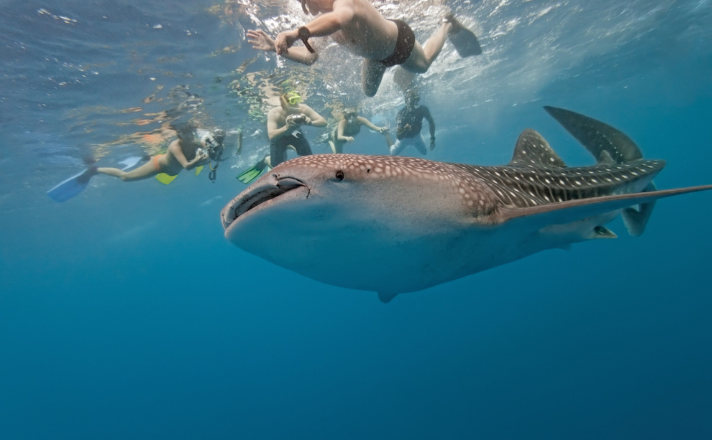
Ethical Considerations
- Respect Wildlife: Do not touch or chase whale sharks – they are living creatures, not entertainment.
- No Harm: Avoid polluting the water or using harmful sunscreen.
- Support Eco-Friendly Tours: Choose tours that care about animal welfare and ocean health.
In simple words: Be safe, follow the rules, don’t disturb the whale sharks, and pick tours that respect nature.
4.2 What It’s Like (If You’re Lucky)
Peaceful Giant: You’ll see a huge but gentle shark, often bigger than a bus, slowly gliding through the water.
Close View: From a safe distance, you can watch its spotted body and wide mouth as it filters tiny food from the sea.
Calm Feeling: Swimming near them feels magical and peaceful because they move gracefully and don’t harm people.
Short & Special: The moment usually lasts only a few minutes, but it feels unforgettable.
5. Whale Shark Conservation & Responsible Tourism
5.1 Threats to Whale Sharks Globally
Fishing: In some countries, whale sharks are hunted for meat, fins, and oil.
Bycatch: They sometimes get caught accidentally in fishing nets meant for other fish.
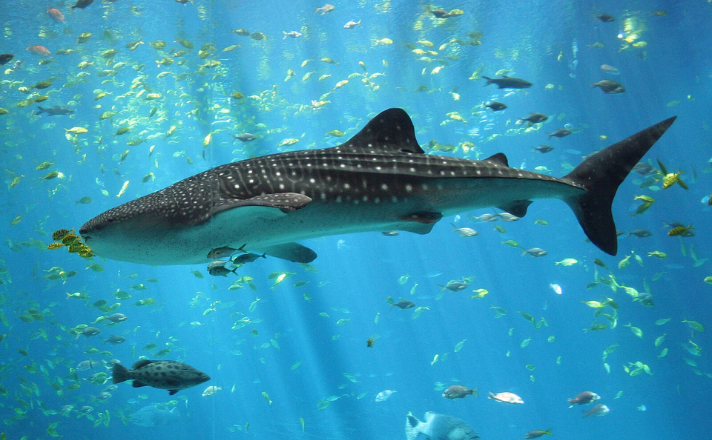
Boat Strikes: Because they swim near the surface, boats can hit and injure them.
Pollution: Plastic waste and dirty water harm their food supply and health.
Climate Change: Warmer oceans change where plankton grows, making it harder for whale sharks to find food.
Tourism Mismanagement: In some places, careless tourism (touching, chasing, overcrowding) stresses the animals.
5.2 How You Can Help
Choose Responsible Tours: Go with eco-friendly guides who follow rules and respect the sharks.
Don’t Touch or Chase: Always keep a safe distance and let the whale shark move freely.
Use Reef-Safe Sunscreen: Protect the ocean from harmful chemicals.
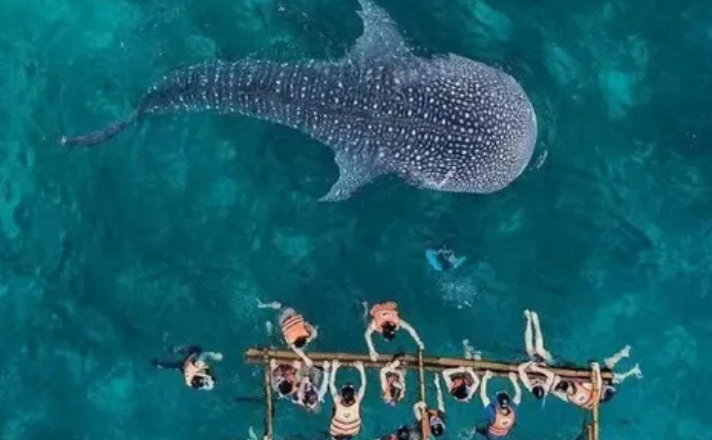
Reduce Plastic Use: Less plastic means cleaner oceans and safer food for whale sharks.
Support Conservation Groups: Donate or spread awareness about organizations that protect them.
Respect Local Rules: Follow laws made to keep whale sharks and the ocean safe.
6. What to Pack for a Whale Shark Spotting Tour
Swimwear & Towel: For snorkeling or diving.
Snorkel or Dive Gear: Some tours provide it, but you can bring your own mask, fins, or snorkel if you prefer.

Reef-Safe Sunscreen: Protect your skin and the ocean.
Light Clothing & Hat: To stay cool and protected on the boat.
Waterproof Bag: To keep phones, cameras, and valuables dry.
Reusable Water Bottle: Stay hydrated without using plastic.
Underwater Camera/GoPro: To capture the experience (without disturbing the sharks).
Motion Sickness Pills: If you get seasick easily.
Conclusion
Swimming or diving with whale sharks Gaunacaste in Costa Rica is a rare and unforgettable experience. These gentle giants remind us how beautiful and fragile ocean life is.
By following safety rules, choosing eco-friendly tours, and respecting the animals, visitors can enjoy the magic while helping to protect whale sharks for the future.
FAQs
Question no 1.What’s the best time to see whale sharks in Costa Rica?
Your best shot is between August and October, especially around the Gulf de Papagayo and the Catalinas Islands. That’s when plankton blooms attract them closer to shore.
Question no 2. Can you really swim with whale sharks in Costa Rica?
Yes, but it’s not common. If you do encounter one, and the guide gives the go-ahead, you’ll follow very strict guidelines: no touching, no flash, no getting in their way.

